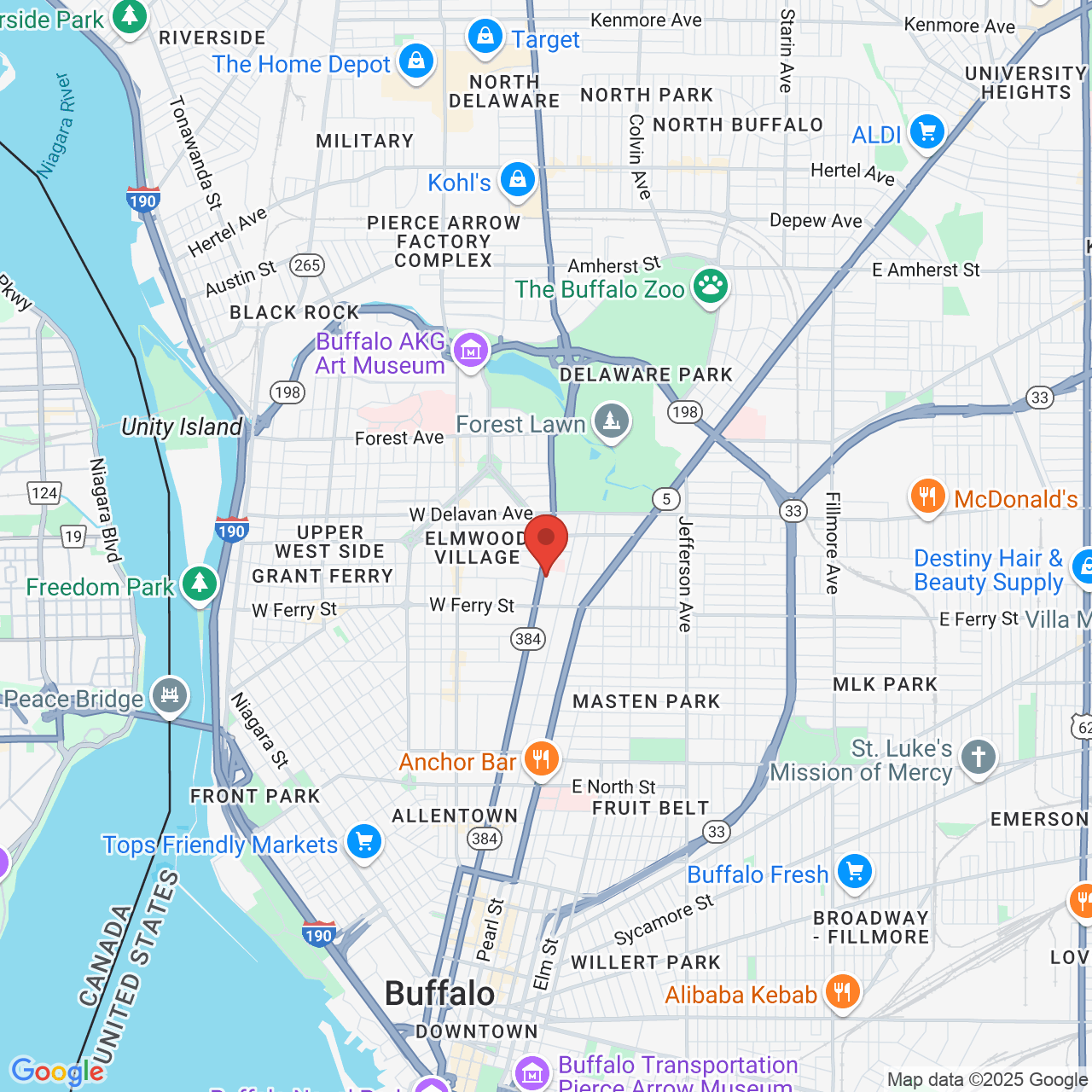Uses of Rhinoplasty Splints
 As a master of facial plastic surgery, Dr. David Sherris understands the delicate harmony and balance that must be achieved among the structures of the face in order to deliver the most aesthetically pleasing results for his patients. This intimate understanding of the facial anatomy is particularly essential to producing the best possible results in rhinoplasty. Dr. Sherris also strives to help his patients understand how important the healing phase is to maintaining the new shape of the nose after rhinoplasty, explaining to them exactly what they must do - and not do - in the aftermath of surgery to preserve his work.
As a master of facial plastic surgery, Dr. David Sherris understands the delicate harmony and balance that must be achieved among the structures of the face in order to deliver the most aesthetically pleasing results for his patients. This intimate understanding of the facial anatomy is particularly essential to producing the best possible results in rhinoplasty. Dr. Sherris also strives to help his patients understand how important the healing phase is to maintaining the new shape of the nose after rhinoplasty, explaining to them exactly what they must do - and not do - in the aftermath of surgery to preserve his work.
At his plastic surgery practice in Buffalo, rhinoplasty splints are explained by Dr. Sherris to his patients in detail before they undergo the procedure. He wants them to understand the purpose that these splints serve and how important they are to achieving an optimal outcome.
What Are Rhinoplasty Splints?
Rhinoplasty splints are devices that are used to help the nose maintain its new shape after surgery. They prevent nasal bones from moving out of their desired new positions while helping to swelling. They are essential to proper healing after rhinoplasty.
The most common type of splint used after rhinoplasty is the external splint. The purpose of the external splint is to preserve the new shape of the nose during a time when it is highly vulnerable and needs to be protected. It provides reinforcement to the reshaped nose, keeping it straight and stable while lending support to the delicate bones and cartilage. It also provides protection against accidents that might injure the nose. Although patients should avoid strenuous activity while they are healing from surgery, accidents such as falls can happen. The external splint helps to minimize damage that can be caused by such accidents.
Internal splints may also be used after rhinoplasty. The internal splint is most commonly used after Dr. Sherris performs septoplasty, or the surgical correction of a deviated septum which is the inside of the nose. It provides stability to the reshaped septum after septoplasty. It can also be used to provide support from within the nose after certain rhinoplasty procedures.
The Role of Rhinoplasty Splints in Healing
Both external and internal splints help to aid in the proper healing of the nose after rhinoplasty. They help to control and minimize post-surgical swelling. While some swelling of the nasal tissues is inevitable after rhinoplasty, excess swelling can result in the formation of hematomas, or pockets of blood between the skin and the cartilage of the nose. Rhinoplasty splints “force” the skin to heal directly on the bone and cartilage, leaving little room for the development of hematomas, which could otherwise distort the shape of the nose.
Rhinoplasty splints are typically left in place for one week after surgery.
Learn More about Rhinoplasty Splints
To learn more about rhinoplasty splints and how they assist in post-operative healing, please contact Dr. David Sherris at his plastic surgery practice today.


